When ‘brain drain’ can be a good thing
By Philip Dominguez MercurioMy girlfriend is Indonesian and it’s quite natural for me to compare our two nations.
I’d boast about our 7,100 islands but they have 11,000. Roughly 50 million souls are stacked onto Luzon but they’ve sacked 115 million onto Java, an island of similar size. We had Pinatubo, the biggest eruption last century but they have Toba, the largest ever recorded. We had Marcos and they had Soeharto. According to Transparency International, the former stole $10 billion but the latter took $35 billion.
Technically, in terms of everything from demographics, terrain, natural disasters to corrupt dictators, it’s like comparing 10 bananas with 15 bananas; we’re all the same except they just do it better.
But if there was one thing that stood out like a sore thumb between us it was this: She told me if an Indonesian was educated in America as a professional (let’s say a doctor for instance), that person would likely leave the U.S. and return to their homeland where they are assured of a better life.
That’s right. Leave, not because of immigration concerns, but because economically, it was easier to set up a practice back home.
I know what you’re thinking. That’s crazy.
Ask any Filipino professional ─ doctor, nurse or teacher — who either just received their education here or just arrived, if they would like to go back home to pursue their career in a more comfortable environment and they would have thought you were joking. Leaving our country for a better life in the United States has always been the goal just like the rest of the nations sucked into the phenomena known as the “brain drain.”
For us, this is our way of life — resulting in our large diaspora here in the States. For other Asian ethnicities though, that same way of life and their diasporas are about to change.
Recently, a trend not even noticeable just a few years ago has begun to emerge. Countries once like us, with folks who were regulated to going aboard to better their careers, such as India, have begun seeing their growing diaspora return home — by the thousands.
The New York Times discussed this in detail in a recent piece called, “Indians find they can, indeed, go home again.” Amazingly, professionals, mostly in the technology sector, were moving from places in the United States and Europe and settling into gated communities in India. From executives to engineers, many of whom have lived in places such as Forest City to Cupertino, Calif. for over 20 years, were packing up not only themselves but also their families to live in the growing communities of Hyderabad and Bangalore causing real estate in those areas to triple in value. In fact, the article noted that in just the last 18 months, a whopping 30,000 professionals have returned to India.
What impressed me was that not only were they going home in droves but what they were sacrificing in return. Indians are among the top earning ethnic groups in the States with engineers whose starting salaries topped $60,000 and even so, they were still willing to return to India making only $12,000, a much smaller paycheck by comparison. Not only were these expatriates first-generation Indians but second-generation as well returning home hoping to “build their home country to a greater power than the country had ever hoped to achieve.” Amazing indeed.
What we are witnessing in India is how the brain drain could actually benefit the country considered at the shorter end of the stick. The middle class, whose disappearance has led to the deterioration of their country, now has reappeared bringing with them the knowledge and ingenuity acquired in America. They are applying it in rebuilding their country.
So now the question is: What happened to us? Are our middle class expatriates ready to return home to face the task of rebuilding our country?
Well, generally, we’ve stayed here. We’ve made strides as a diaspora community continually throwing our lifesaver of remittances and boxes worth billions of dollars back to our families back home. No one does it better than us. But I think other ethnic groups have already passed us in taking that next step toward making the brain drain work to their and their country’s advantage.
I believe that the coming Charter Change should address this issue, determining how our community in America can, not only help our country from afar but also lay the foundation for a growing middle class that can help our country from within it as well. Then, statements such as this one from Ajay Kela, president of the outsourcing firm, Symphony Services -- “When I left India 25 years ago, everybody was headed to the United States, but now they all want to get on the plane here” -- can become commonplace in the Philippines. - PDM
See this article,"When ‘brain drain’ can be a good thing" in Philippine News. Click here.
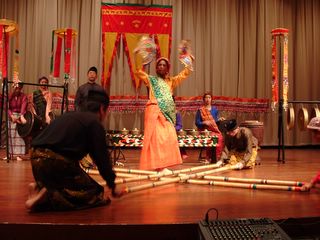












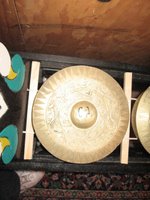






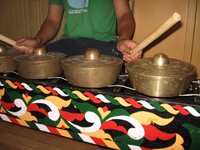
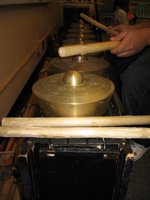


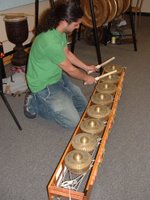



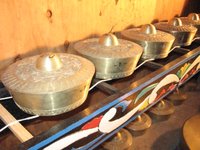
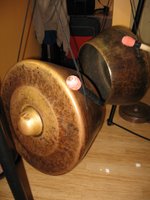




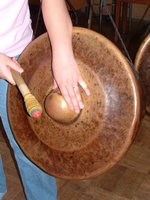



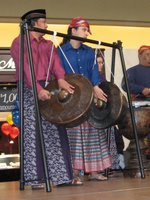




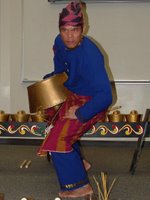



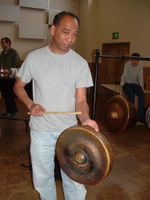




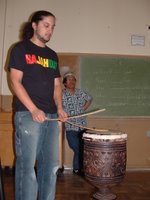


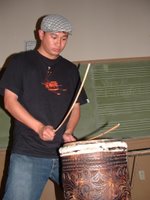






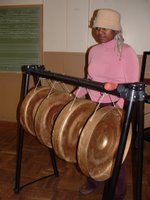







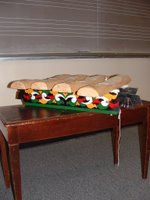


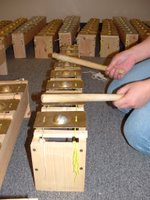



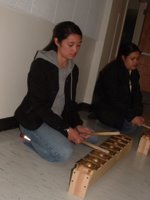
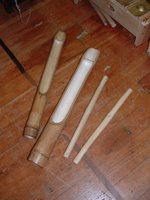







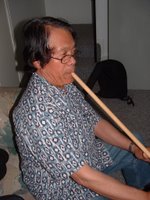



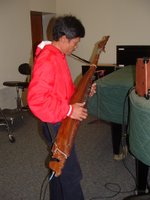









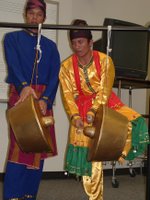





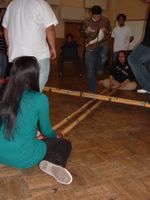










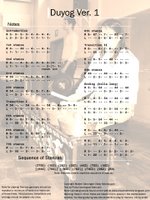


















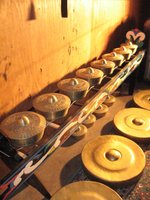












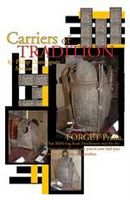

















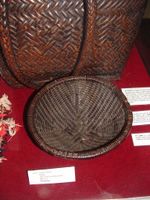
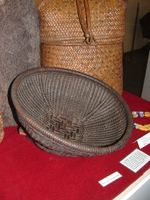










<< Home